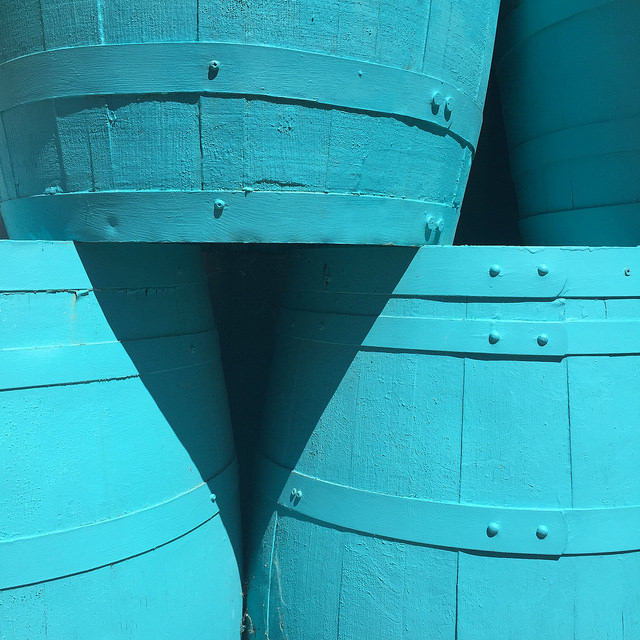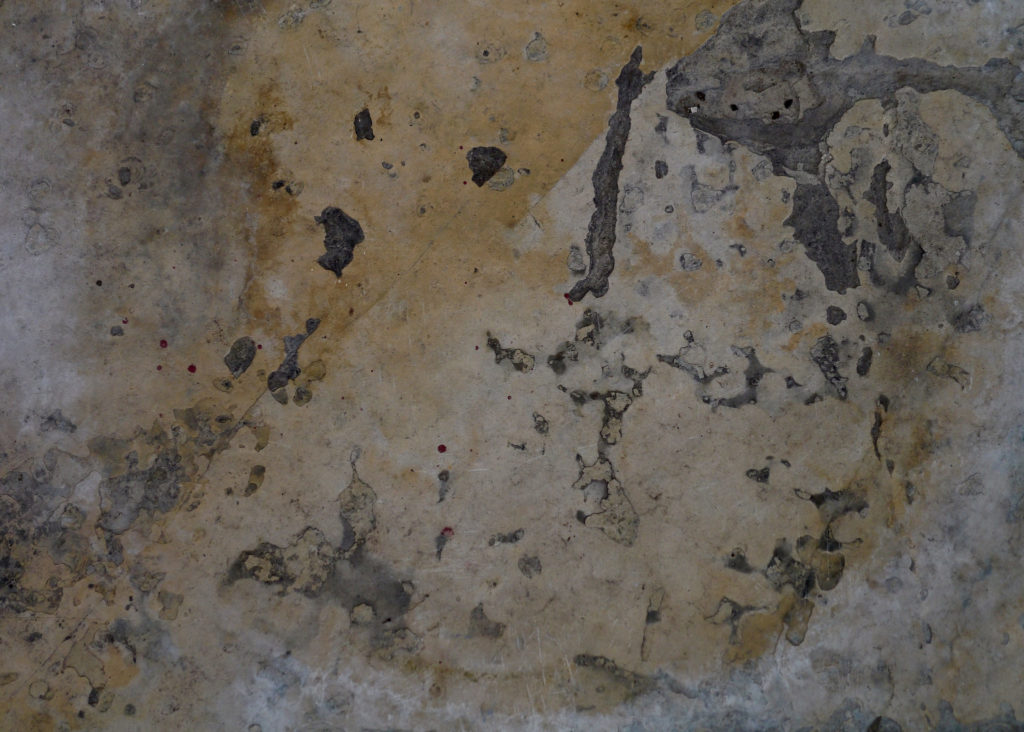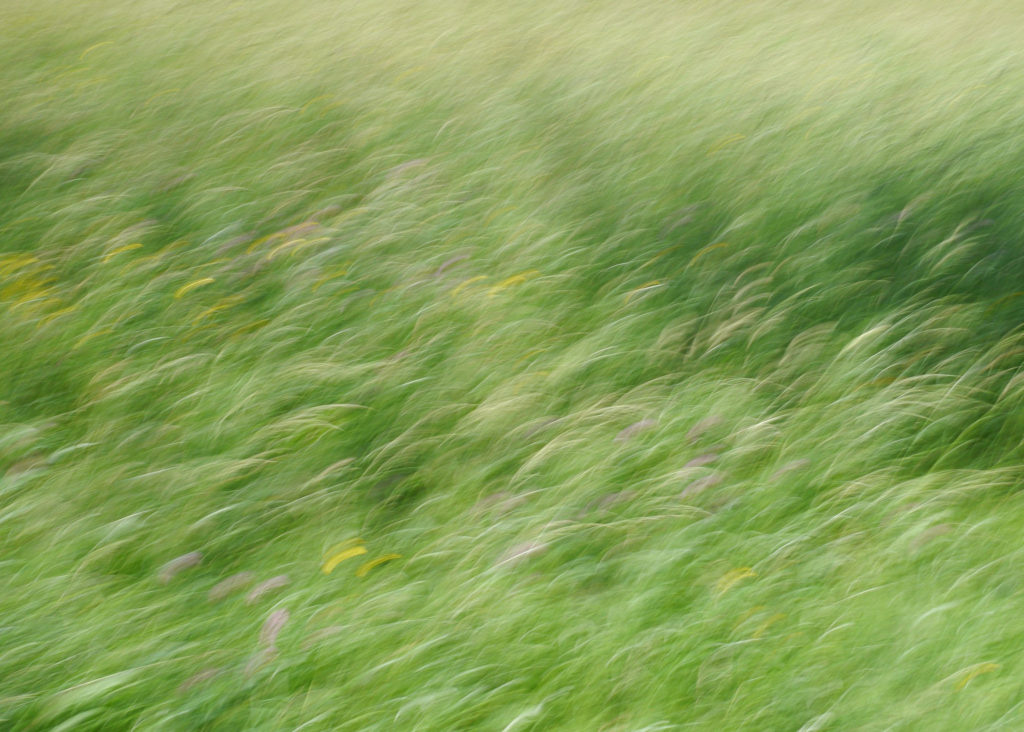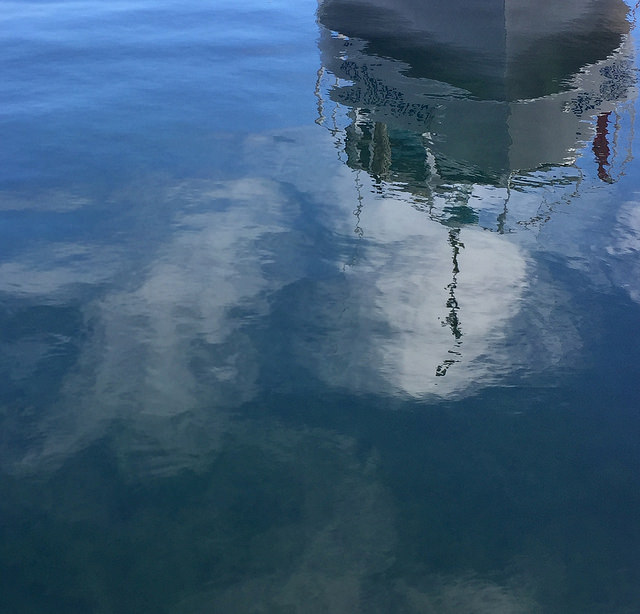
As time goes on, I find my work becoming more and more abstract. I think it’s because it’s the best way I know how to express the whole of an experience. I can appreciate the aesthetic beauty of subtle details. My composing skills have improved. And, I’m better able to get to the heart of an image. And, all of these benefits affect the rest of my photography.
Abstract photography allows me to show a scene or subject in a new or different way. It can also express an idea or a feeling.
The word abstract is defined as an idea, an extract, or a summary. In other words, it’s a part of the whole. In that case, every photograph is abstract. The photographer John Paul Caponigro describes abstract photography as a worthwhile endeavour on many levels, but mostly in that it enables you to express more clearly in all of your photography. Specifically, Caponigro outlines four functions of abstract photography – to stimulate, structure, inform, and express. I looked for examples of these in my own photography.
Stimulate
“Amplifying the graphic qualities of images makes them more eye-catching or visually compelling.”
~ John Paul Caponigro
You can stimulate by moving in close and isolating details, or simplifying to only a few elements. This is where you can practice incorporating visual design in your photographs. In this example, I created a closeup of these colourful wine barrels, emphasizing their colour, shadows, and shapes, while keeping it all in balance.

Structure
“Even the most literal and detailed representations are more easily grasped and have more impact when they’re put together well.”
~ John Paul Caponigro
Through structure, you form order out of chaos. It can be a way to lead the eye to focus on what’s most important. It’s a way to practice getting to the heart of a photograph. What is it really about? Again, simplification is key. This image may not be so obvious. Take a look at it for about 30 seconds. Do you see the shape that I wanted you to see? It’s subtle.

I called the image “Wholeness” and I wanted you to see the circle within the chaos, the deeper order within that Caponigro talks about. That is the main idea or the heart of this photograph.
Inform
“It can reveal principles or processes at work in a subject and illustrate related concepts.”
~ John Paul Caponigro
Abstract photographs are a way of showing patterns, connections, or invisible processes at work. Where I live, there is almost always a breeze and I often try to show that invisible process in my photographs. It’s evident through grasses, trees, scattered leaves, and water movement. I use long shutter speeds, intentional camera movement, and intentional blur to convey movement. The image below of blowing grasses in a nearby park informs the viewer of the time of year (spring) and the invisible force of wind.

Express
“Selectivity, stylization and distortion can all be used to reveal ideas and emotions.”
~ John Paul Caponigro
My favourite function of abstract photography is that it can move you beyond the literal to the poetry. You can reflect your own mind. Abstract photographs can express ideas (what’s important to you) and emotions (your inner state).
The image below is one of my favourites from this year. You may know what it is, but it’s an abstract view. I find reflections to be dreamy and emotional. They give me a glimpse of how everything is connected and that there’s always more beyond what we normally see.

I hope these examples help you see why going abstract is good practice on many levels. And you may even create some beautiful photographs along the way. The Going Abstract Workshop is now available as an on-demand course, 12 emails in total, each sent every four days. You can practice on your own time. Learn more and purchase by clicking the button below.